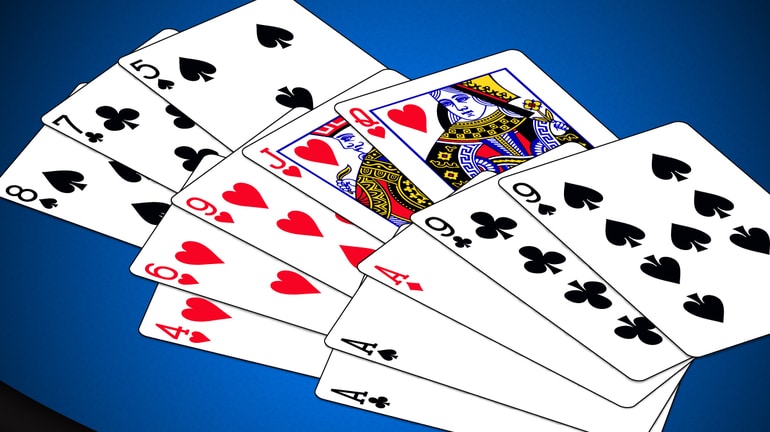Open Face Chinese Poker (OFC Poker) is a popular variant of traditional Chinese Poker that emerged in the mid-2000s. It gained widespread popularity within the poker community and has since become a favorite among many players.
OFC Poker History – Origins
The origins of Open Face Chinese Poker can be traced back to regular Chinese Poker, which has been played in Asia for many years. Regular Chinese Poker is a multi-player game where each player receives a 13-card hand and arranges it into three separate hands: a front hand with three cards, a middle hand with five cards, and a back hand with five cards. The goal is to form three stronger hands than your opponents.
Open Face Chinese Poker introduces a new element to the game by dealing the cards face-up, allowing all players to see the cards of their opponents. This change creates a more strategic and skill-based game, as players can make informed decisions based on the visible information.
The precise origins of Open Face Chinese Poker are a subject of debate, but it gained significant popularity after being introduced to the poker community by Finnish poker pro Alex Kravchenko in the mid-2000s. Kravchenko showcased the game to other players, and it quickly spread throughout the poker community, both live and online.
The game gained further exposure when it was featured in the 2012 World Series of Poker (WSOP) with the introduction of the inaugural OFC Poker event. This event attracted many professional poker players and helped solidify the game’s position in the poker world.
Since then, Open Face Chinese Poker has continued to grow in popularity. Numerous online poker sites began offering OFC Poker games, and it became a regular side game in high-stakes cash games and private home games. Several variants of the game, such as; 2-7 Pineapple Poker, Pineapple Open Face Chinese Poker, have also been developed, introducing additional gameplay dynamics.
Open Face Chinese Poker has its own unique set of rules, scoring systems, and strategies. The game combines elements of luck and skill, with players needing to make strategic decisions on card placement and hand construction. The ability to see your opponents’ cards adds an extra layer of complexity, making it a compelling and challenging game for both recreational and professional players.

